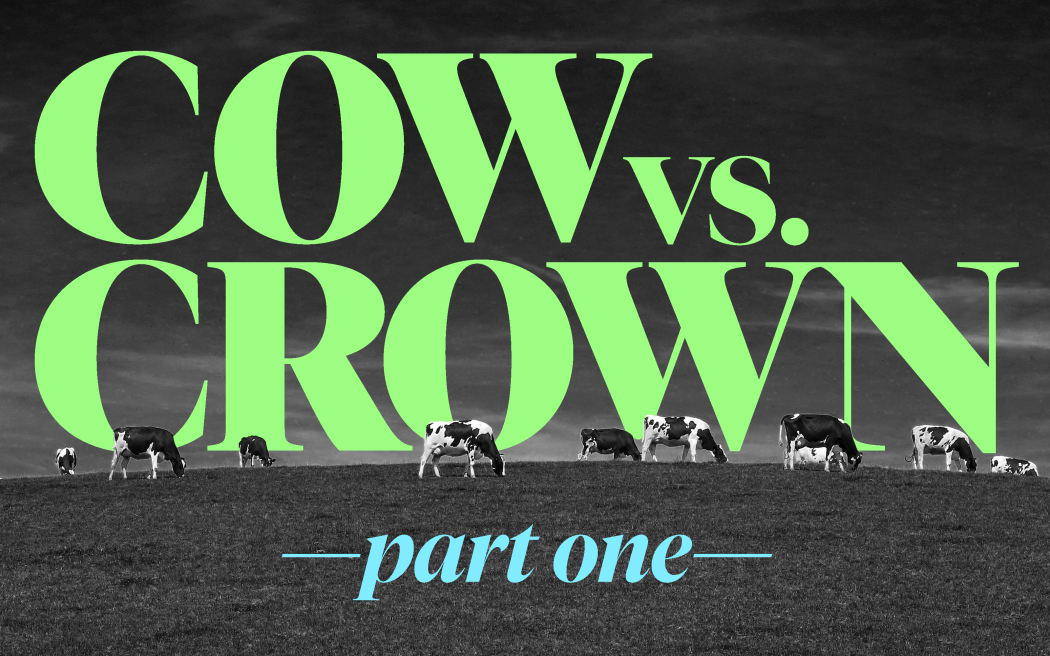Agriculture contributes more to global warming than any other industry in Aotearoa. Yet attempts to rein in the sector’s emissions have fallen short once more. In a three-part series, Crown vs Cow, In Depth reporter Kirsty Johnston investigates how a “world-leading plan” was born, and how it fell apart. This is part one: Deny, deny, delay.
On a typically foggy Waikato morning in the winter of 2019, Prime Minister Jacinda Ardern pulled on a pair of sturdy boots and began her visit to the most important farming event of the year, the Fieldays.
To the casual observer, the trip looked like little more than a public relations exercise. Ardern cut a ribbon to open the expo, and she spoke about the strength of the primary industries and its importance to New Zealand. Then she began a tour of the stands, posing for pictures with the local rugby team, a group of midwives, and anyone else bold enough to ask for a selfie. Ardern was still a new leader then, and a new mother, and her popularity was at its pre-Covid high, even among farmers. The crowds were clearly delighted to see her, enjoying a day out, just like them.
But Ardern hadn’t come to Fieldays simply to gild her reputation among the farming community. While farmers and their families were inspecting Swanndris and testing tractors out the front, out the back, Ardern was holding a meeting with agriculture’s most powerful people, working to finally close a secret deal on climate change after months, and months, of talk.
That day, Ardern and 11 sector leaders from farming industry groups agreed they would work together to come up with a way to price climate change pollution from agriculture. It would be a world first, they said. But there was a kicker: instead of the agriculture industry paying for its emissions immediately, as Labour had proposed in its election campaign, farmers would get a five-year reprieve before pricing came in.
The plan’s announcement, when it came four months later, would prove a shock among farmers, environmental groups, and even government supporters. Farmers felt they were being sold down the road by their own leaders. Environmentalists were incredulous that agriculture had managed to delay regulation once again, and that a Labour government, of all people, had let them. And those who voted for Ardern were left wondering: What happened to the climate change action they were promised?
This RNZ investigation uses background interviews with industry insiders, officials, and experts, as well as documents obtained under the Official Information Act, such as cabinet papers, government reports and ministers’ diary entries to tell the full story of how the agriculture industry lobbied its way out of paying a climate tax, again.
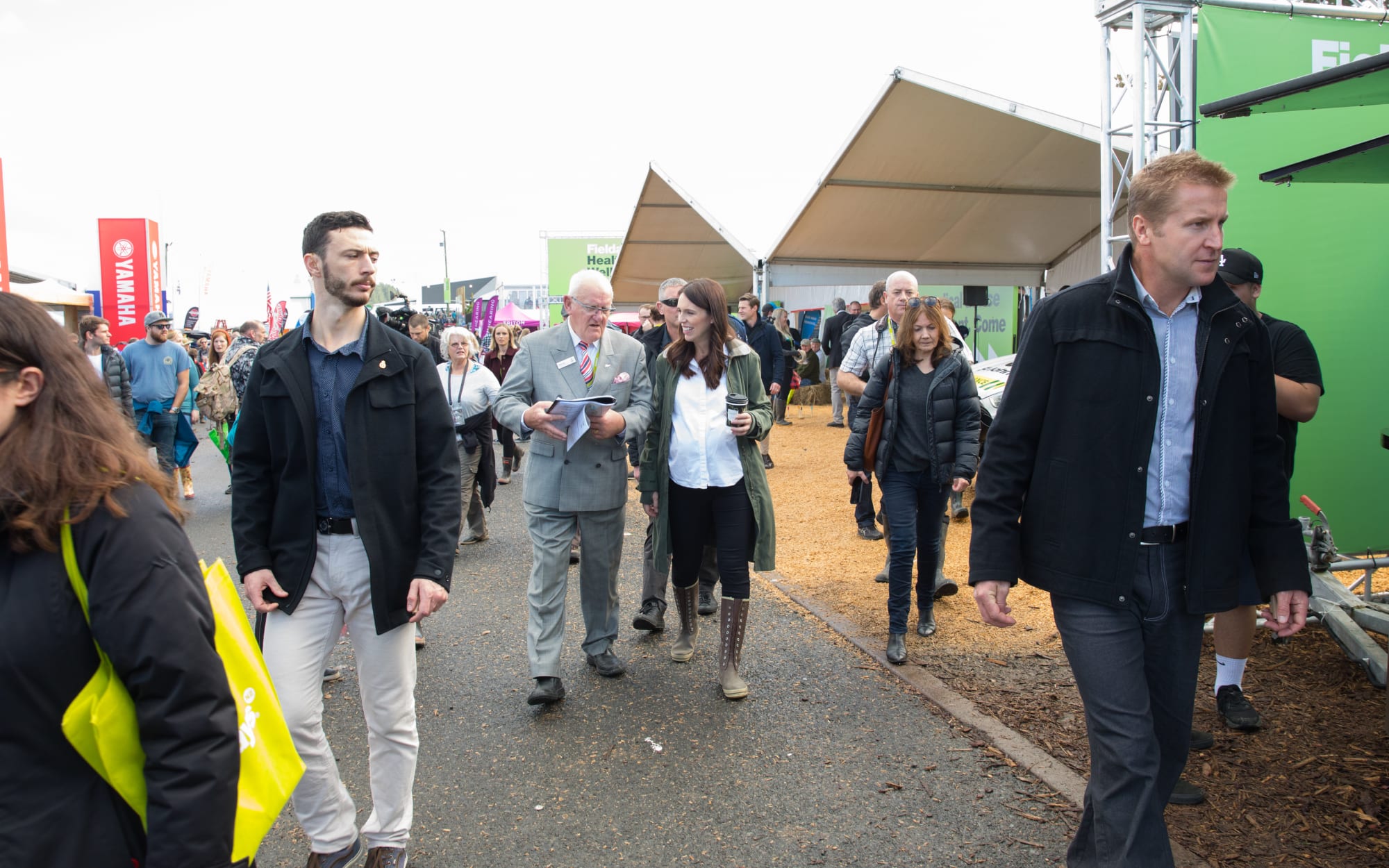
Jacinda Ardern at the 2018 Fieldays event. Photo: RNZ / Cole Eastham-Farrelly
It was late 2017 when concerns about climate change regulation first began to circulate among farming industry leaders. The Labour party had just swept to power in the September election, with new Prime Minister Jacinda Ardern vowing New Zealand would be carbon net-zero by 2050, and naming climate change as her generation’s “nuclear free moment".
Among her campaign promises, Ardern had said Labour would bring agriculture into the Emissions Trading Scheme, making it subject to the market price for greenhouse gas credits. Twice before, agriculture had lobbied against its inclusion, and won, making it the only industry that did not pay for its climate pollution.
Labour’s coalition partner New Zealand First hadn’t wanted agriculture to face a climate tax, but during negotiations, the two parties had compromised. If the newly-formed Climate Change Commission recommended it, they said, agriculture would still be subject to the ETS, but would only pay for 5 percent of its emissions, and all revenue raised from farming would be recycled back into the industry to encourage innovation.
Despite those extremely generous terms, the idea of going into the Emissions Trading Scheme sent shivers through the farming sector. No industry ever wants more regulation, but the agribusiness’ opposition to emissions pricing was especially deep-seated: paying for pollution meant admitting there was pollution, and who knew where that might end up.
The industry decided it needed to challenge the pricing idea, and the best way to do that was to present a united front. So in November 2017 eleven peak industry bodies - including Federated Farmers, Beef+Lamb, Dairy NZ, Horticulture NZ and the Federation of Māori Authorities, together with an independent chair, agribusiness leader Mike Petersen - formed a new entity under the banner of the “Farming Leaders Group”.
The group met first with the new minister of agriculture, Damien O’Connor, and then in February 2018 O’Connor arranged the group’s introduction to the Prime Minister at Parliament, at a high-powered meeting which also included environment minister David Parker, finance minister Grant Robertson, and forestry minister Shane Jones. Throughout that year the Farming Leaders’ Group would meet with Ardern and the group of ministers - together with climate change minister James Shaw - three more times. Ardern also had three separate meetings with the dairy co-op Fonterra, New Zealand’s single largest climate change polluter.
During that same time period, Ardern met only once with the heads of the country’s environment groups, diary entries show. But that imbalance was nothing new, even for a centre-left government. Agriculture has always had a special place when it comes to environment policy in New Zealand. Since at least the 1990s, successive governments have eschewed regulation in favour of voluntary industry agreements, and direct negotiation with industry when necessary. Partly, this is a product of culture, a nod to our beginning as a pastoral nation, where farming was seen as the most important use of land. Partly, it’s economic. In 2022, food and fibre made up 80 percent of exports, bringing in a record $52.2 billion.
As 2018 wore on, however, it became obvious that agriculture’s vaunted position might not be able to save it from a new tax. The government was clearly serious about upholding its promises, and had commissioned a series of reports on climate change and agriculture to give its argument weight. As each came back, the case for regulating emissions grew more urgent - not less.
The first of those, in July, saw the Prime Minister’s Science Advisor Peter Gluckman lay bare the stark facts of agriculture’s emissions footprint. Gluckman found biological emissions from agriculture made up nearly half Aotearoa’s total greenhouse gas emissions. Three-quarters of those were methane from ruminant livestock - the burps from sheep, cows and deer. The rest was nitrous oxide, from animal urine and manure, and synthetic fertiliser use, including on crops like kiwifruit.
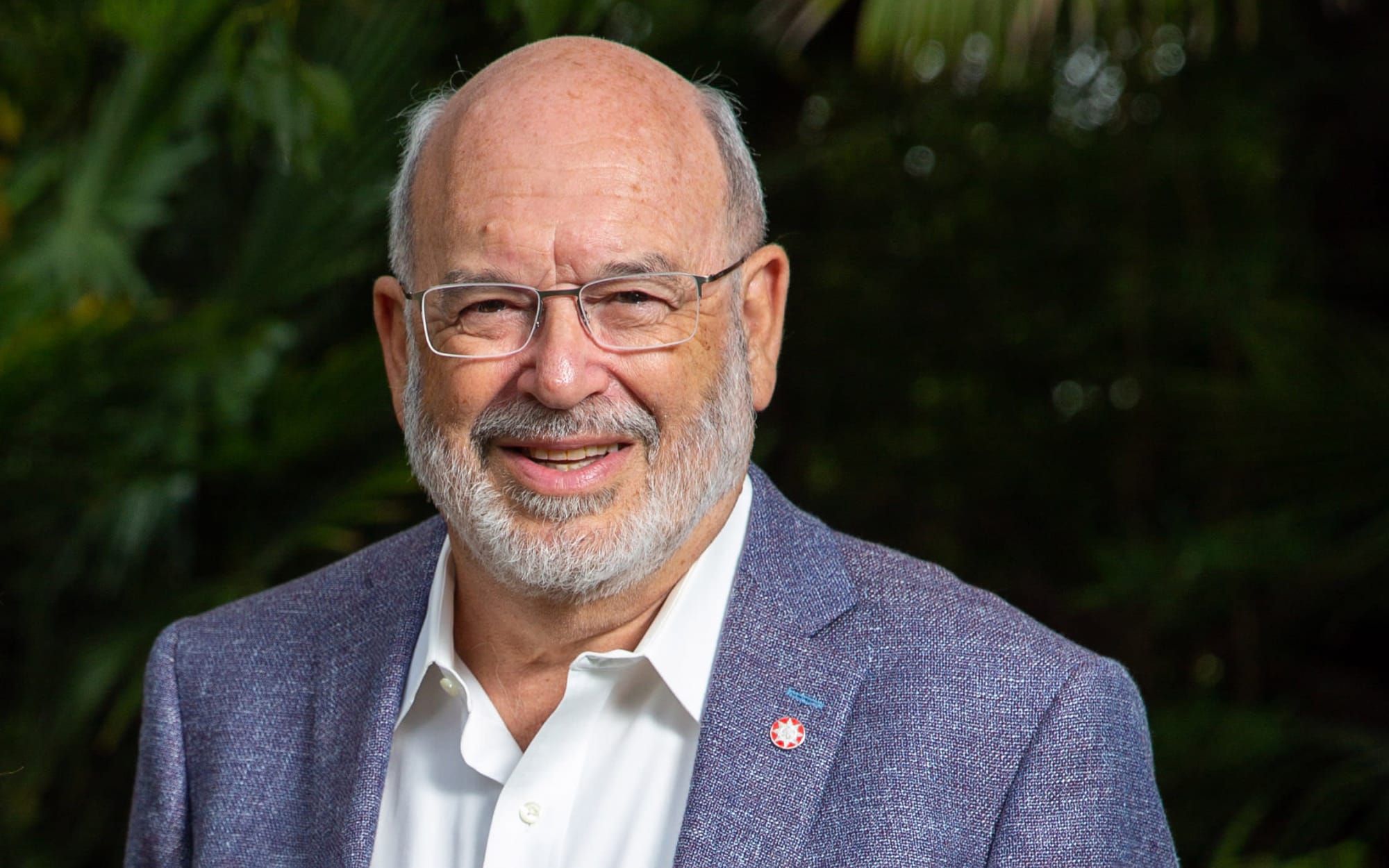
Sir Peter Gluckman Photo: Supplied / University of Auckland
Worse, since 1990, agricultural emissions had risen by 12 percent, Gluckman said. The growth of intensive farming, particularly the expansion of industrial dairy, had seen farmers applying more synthetic nitrogen fertiliser (to make more grass), and using more imported, high-energy feed. That in turn drove higher emissions, both directly from the fertiliser application itself, but also because methane production is proportional to an animal’s energy intake. And even though farming grew more efficient as it intensified - with higher carcass weights in the sheep and beef sector, and more milk per cow in dairy, for example - that wasn’t enough to offset the increase in the sheer amount of feed the animals were consuming, and the associated growth in meat and milk production.
"Maintaining agriculture’s central role in our export economy will require the sector to be increasingly sympathetic to the environment,” Gluckman warned. “Part of that must include reducing its contributions to greenhouse gas production.”
Gluckman’s report was not good news for agribusiness, but worse was yet to come. In August, an advice paper from the Productivity Commission looked to answer one of the most contentious questions in the agriculture space: whether biological emissions of methane and nitrous oxide should be treated the same as carbon, and therefore whether they should go in the ETS.
For years, arguments had swirled about how much nations needed to reduce methane emissions - and in some cases, whether they should bother to focus on methane at all. Unlike carbon dioxide and nitrous oxide, which are long-lived gases, methane is what scientists call “short-lived”. This means it does not linger in the atmosphere for hundreds of years, but instead dissipates after about a decade. Therefore, some people argue, treating it the same as carbon is unfair. In fact, some farming proponents argue that to “do their part” for climate change, all the industry should do is hold their methane levels steady, to show they weren’t causing any “extra” warming on top of that caused by fossil fuels.
Most climate experts disagree. Firstly, they say, methane has contributed most of New Zealand’s warming so far - more than twice as much as carbon. Secondly, although methane leaves the atmosphere quickly, it is a very potent warming agent in the short term, and therefore reducing it means we can reduce warming rapidly too.

Photo: RNZ
In its report, the Productivity Commission resolved the argument in two parts. Firstly, it said that methane should be reduced. However, it said, to ensure fairness, New Zealand could have separate emissions reductions targets for both short and long-lived gases, with nitrous oxide going in the ETS with carbon, while methane, from both agriculture and waste, would have its own system.
The commission’s report was another shot across agriculture’s bow. Not only did the government now have the justification for regulation, but a way to implement its policy.
But the worst blow for farming came in December, this time in a study co-authored by government experts with the agriculture sector itself. The report from the Biological Emissions Reference Group (BERG) cut across one of the most widely-held views of New Zealand’s farming sector: that because our ruminant farmers were already “the most efficient in the world”, further emissions reductions were nigh-on impossible, unless stock numbers were culled.
While New Zealand farmers were efficient, the report found, there were several main strategies that farmers could use to reduce warming by up to 10 percent, while remaining profitable. The strategies included reducing nitrogen use and stocking rates, while upping animal productivity - for example, a dairy farmer might have fewer cows, but ensuring each cow produced more milk. The strategies weren’t theoretical, the report said, many farmers had already implemented such changes on-farm, and in some cases had seen their profits increase.
(There were also ways to achieve emissions reductions of more than 10 percent, such as planting trees on steep or low-quality land, or switching dairy or sheep and beef pasture to lower emissions farming systems like horticulture, crops, pigs or poultry. After that, further reductions would rely on the use of technology such as methane vaccines, methane and nitrogen inhibitors, or genetically modified ryegrass, which were not yet commercially available.)
The report said the bigger question was why, if it was profitable, had so few farmers chosen to switch to low emissions systems. Its answer was varied, but a major barrier was a farmer’s expertise. A balanced farm system with fewer inputs took skill, and not all farmers had the ability to implement such changes without impacting their bottom line. Farmers’ mindset, their land type, debt levels, appetite for risk, and worldview were also important. The paper noted there was a “degree of paradox” in farmers’ attitude towards the environment. For example, while farmers said they felt responsible for the environment, they were unwilling to accept their practices had environmental implications.
Equally, farmers were sceptical about the importance of their role in influencing climate change, but acknowledged the importance of changes they had made to lessen the impact of future droughts.
The report was a bad look: effectively, it said farmers weren’t doing enough, while also implying some farmers were low-skilled or lacked climate knowledge.
Fortunately for the Farming Leaders Group, by the time the report was released, they had a plan. They decided to propose a voluntary accord with the government instead, in which the sector would lead emissions reductions. But when it became obvious during the Interim Climate Change Committee (ICCC) consultation process that the idea wasn’t going to cut it, industry quickly changed tack. They instead proposed an interim accord. Rather than facing costs straight away, the industry was asking for a five year amnesty, while they prepared for a pricing system.
To climate change advocates, the industry’s tactics seemed obvious - they were simply seeking to once again delay emissions pricing. But the idea caught on: as early as April, the industry’s interim option began to circulate in internal ministry briefings to ministers.
When the ICCC reported back, it found unequivocally that emissions should be priced. Rather than the blunt tool of the ETS, however, the ICCC recommended the government should implement a separate scheme to levy emissions from every farm. A farm-level scheme would instead give individual farmers more autonomy over reducing their emissions, and reward them for taking positive action. Farmers would get 95% of their levy refunded to offset the impact of pricing, as per the coalition agreement, and what money was collected would go back to mitigating on-farm emissions. Getting the work done on time would be a large task, the ICCC said, but the plan didn’t have to be perfect at first.
“New Zealand needs to get started on a genuine transition to meet its climate change objectives. Policy can be adapted and improved as we learn more,” the ICCC said.
In the five years before the pricing scheme came in, the ICCC recommended farming go into the ETS at a factory level - meaning meatworks and dairy companies would face a tax. But, it said, there was another option - the industry proposal to work together, and delay any pricing for five years. The ICCC said it was possible, however it created a significant risk in implementing the pricing scheme on time in 2025.
When the report was made public, the Farming Leaders Group saw its opportunity. Immediately, they kicked their lobbying up a gear. During May, they held two more meetings with Ardern, Shaw and O’Connor. By the end of the month, the industry had yet another new proposal. This time, they suggested as well as the five-year reprieve from pricing, they would work on a farm-level emissions pricing system with the government, together.
Initially, the Ministry for the Environment was not impressed with the proposition at all. If it did go ahead, officials said, there needed to be strict bottom lines. The group would need to participate “constructively” in any development of a pricing scheme.
But despite the ministry’s misgivings, the group had the ear of the Prime Minister, thanks to their meetings on the eighth floor of the Beehive. So over the next two weeks, the Farming Leaders Group, the ministers, and officials began negotiating the terms of a deal. The group was asked to revise its proposal multiple times, after officials complained it was “too vague”. Specifically, the group was asked to commit to a pricing mechanism from 2025; to agree to all farmers having a climate change management plan by then; and to help fund a five-year programme to build an emissions reduction scheme at a cost of $47 million. The negotiations might have dragged out for longer, but in mid-June, Ardern decided to travel to that pivotal gathering at the Fieldays.
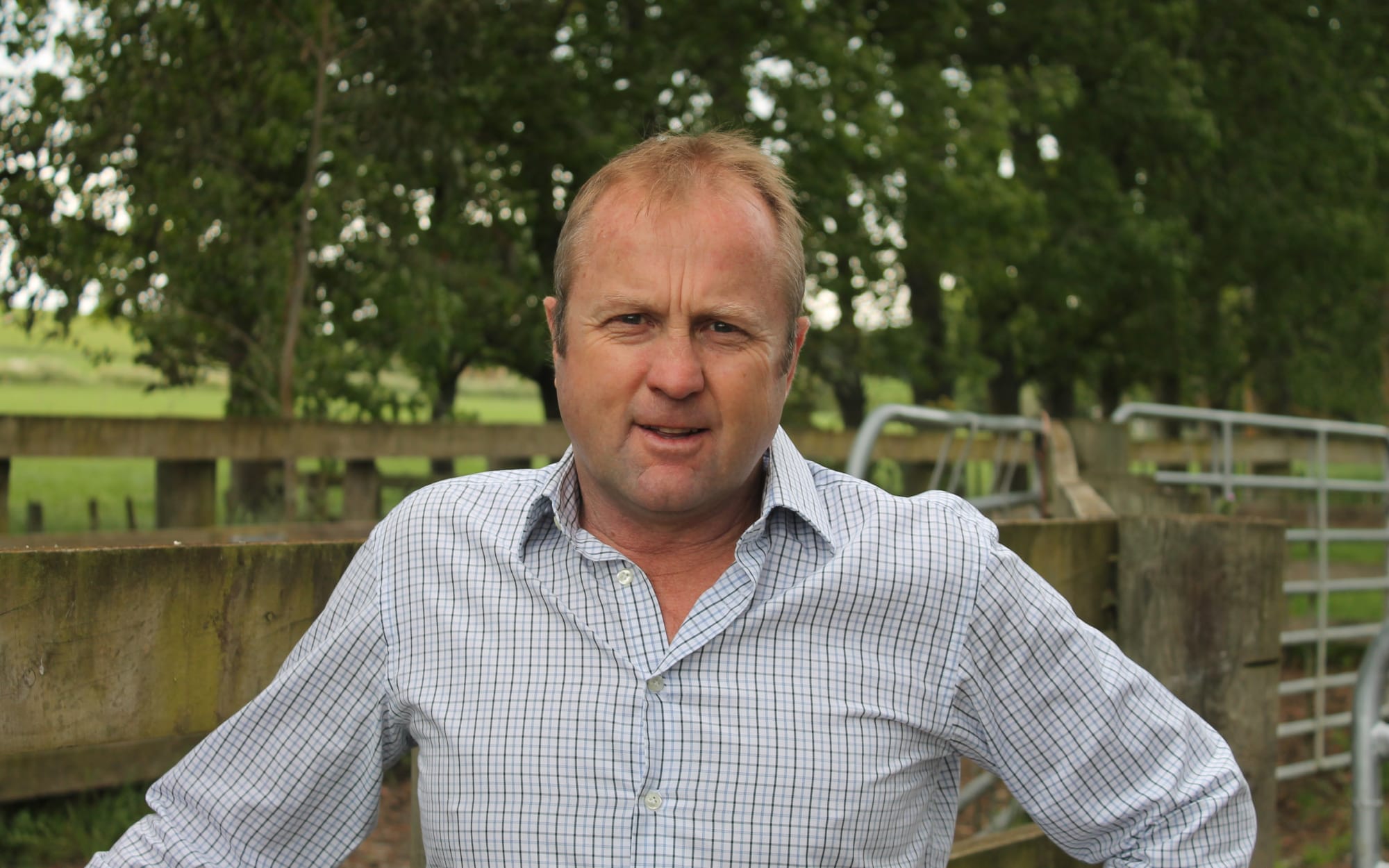
Mike Petersen Photo: supplied
From her first meeting back in 2017, Ardern had formed a constructive relationship with the farming leaders, and particularly with chair Mike Petersen. At that first meeting, the group brought an agenda to discuss, but Ardern set it aside, instead asking each of the 11 leaders to outline their vision for the sector. The answers were largely the same: more sustainable food production, reduced environmental footprint and impact; thriving rural communities; integrity and pride and belief in farming. Ardern listened to them talk, then told the group she wanted to support something that would work for farmers and growers. The leaders were happy - someone was listening to them. And Ardern herself was clearly enamoured with the idea of having the industry on board, rather than enduring endless accusations that Labour “hated farmers.”
At Fieldays, Ardern reiterated her point of view. It worked. After the meeting, there was a sudden “shift” in the key details of the proposal, particularly on the pricing and funding issues, a briefing document said. Subsequently, on June 18, the final proposal was included in a Cabinet discussion document. A briefing to Damien O’Connor revealed just how closely officials and industry were working together - a draft of the Cabinet paper had been shared with the Leaders Group chair, Mike Petersen, before it was seen by ministers and approved on July 1.
Shortly afterwards, the Farming Leaders Group released its proposal publicly. It was called “He Waka Eke Noa,” meaning “we are all in this together”. The document drew an extremely delicate balance. It promised to contribute to global efforts towards the Paris Agreement target, whilst maintaining food production. It would adapt to climate change, while remaining competitive in international markets. And any reductions would be made while preserving profitability.
Nonetheless, the compact was a huge step forward for the industry. Just five years earlier Federated Farmers had refused to even acknowledge that agriculture was contributing to climate change.
But back in Wellington climate change minister James Shaw was still unhappy with the proposal being adopted as law. Draft Cabinet papers show Shaw, an environmentalist with an economics background, strongly believed agriculture should go in the ETS as an interim measure. The agriculture industry’s proposal had uncertain outcomes, he wrote. A regulatory impact assessment concurred. Choosing the industry proposal would delay addressing equity issues between agriculture and other industries, who were already paying for their pollution, it said.
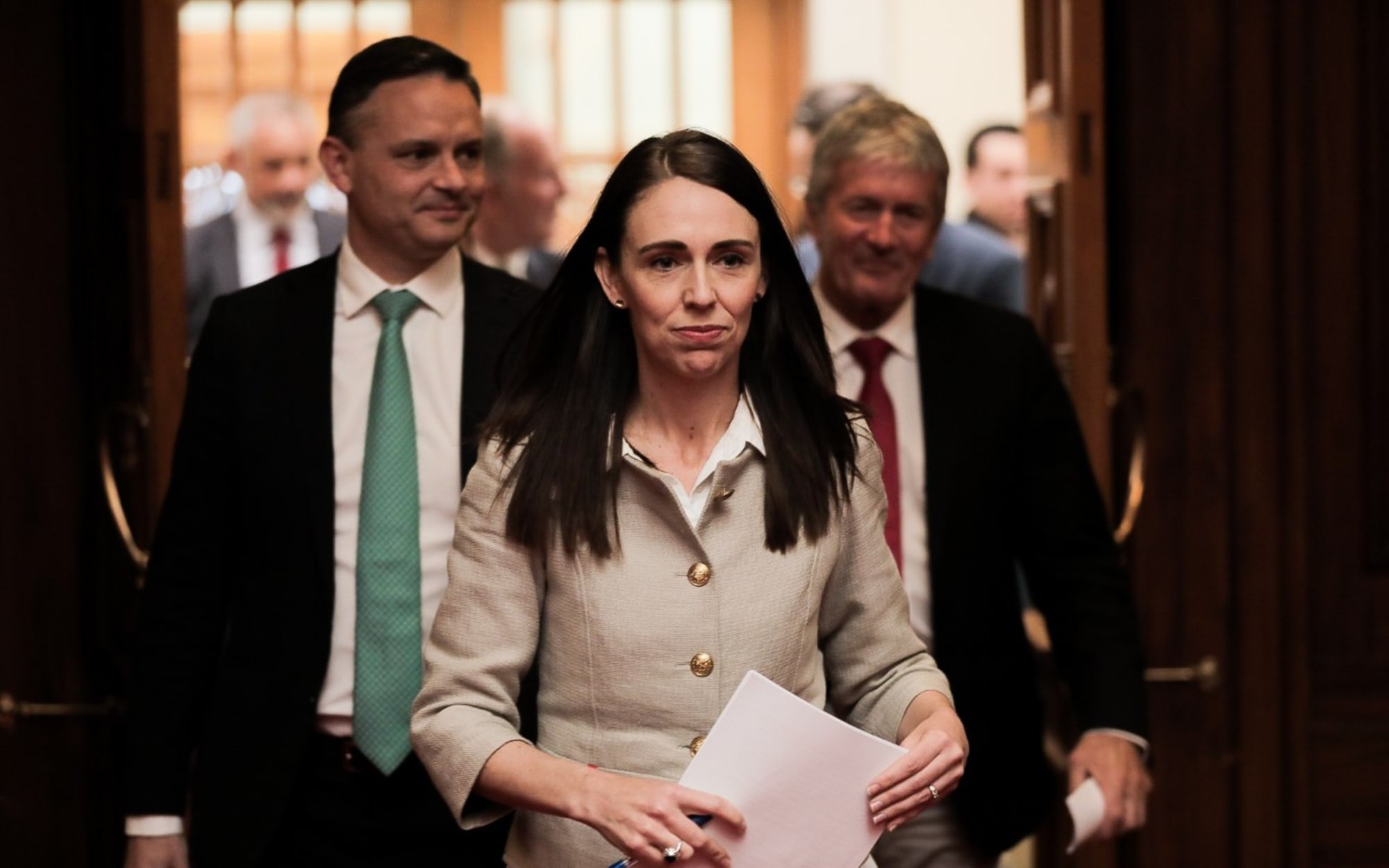
Ardern, Shaw and O'Connor (right), about to announce a plan to create a pricing system for agricultural emissions, which would be designed with the farming industry. Photo: RNZ / Dom Thomas
In late September, however, Shaw and the officials were overruled by Cabinet. On October 24, Ardern stood at a lecturn next to Dairy NZ chief executive Tim Mackle at Parliament, and announced that the government would work together with the agriculture industry to design a “world first” pricing system by 2025. To strengthen the agreement the government had included a backstop: If the group failed to make enough progress, agriculture could still be brought into the ETS.
"I'm proud that we have a world-first agreement as part of our plan to tackle the long-term challenge of climate change and we've done that by reaching an historic consensus with our primary sector," Ardern said.
Shaw, standing behind Ardern, gave no indication of his earlier opposition to the plan. “This will help keep our planet safe for future generations,” he said in a statement.
Prior to the launch, the farming leaders had been welcomed into the Prime Minister’s office for a brief catch-up. The environment lobby, however, was offered no such hospitality, and had no warning the plan was coming.
Greenpeace accused the government of “caving” to industry pressure. While the Government had its ETS backstop, Greenpeace said, there were two elections before any potential pricing might come into play, presenting plenty of opportunity to delay plans yet again. Privately, some government ministers held the same concerns, but equally, believed that if anyone could succeed at corralling farmers, it would be Ardern.
More worrying for the government, then, was the reception from the farmers themselves. It was the first most had heard of such a plan, and they were extremely sceptical - particularly of what an editorial in Rural News called the “lovey-dovey” rhetoric surrounding the launch.
“This deal has the appearance of an arranged marriage, rather than one born out of unrequited love,” the editorial read. “Despite all the spin, uncertainty and a lack of confidence remain in the agriculture sector.”
That lack of confidence would later prove a key ingredient in the plan’s downfall. But back then, before things fell apart, Ardern remained confident the government had done the right thing in striking a deal.
"My goal is that we never again have to debate the path that we need to be on as a nation, that we never again see tractors roll up the front steps of Parliament,” she said. “This agreement will stick and it means instead of debating what we do, we get on with doing it.”
* Part two is published on Friday: Devil in the detail - How agriculture and government fell out, and the climate lost
